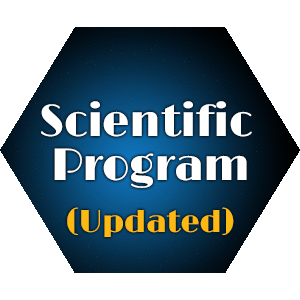
Konrad Gruber
Wrocław University of Science & Technology, Poland
Title: The methodology of selective laser melting process development
Biography
Biography: Konrad Gruber
Abstract
Nowadays trends on manufacturing technologies market, as well as growing requirements especially from the specialist industry such as aviation, create new challenges for designers and producers, which result in the necessity of modifying properties of materials and structural components. One of the possibilities to influence these properties is application of additive technologies (e.g. selective laser melting - SLM) for production of prototype models, pre-production and production series, finished products, possibly with internal spatial structures, which in a significant way change tribological properties, resistance to mechanical loads, operational durability, as well as resistance to unfavorable and hard working conditions. The essential factors determining the definition of a given technology as the future-oriented and worth of developing are the achieved features of the worked shapes and surfaces, costs of its implementation and use, elasticity and care for the natural environment. SLM is a fast growing technology, which creates opportunities for manufacturing complex geometries (both monolithic volumes and spatial structures) directly from metal powders and CAD 3D models. Therefore, the SLM technology is recognized as a manufacturing technology of the future. Many industry leaders are implementing SLM into their production standards, e.g.: automotive, aviation, space and medicine companies. SLM technology can also be used for the development of new materials, through the possibility of manufacturing elements from various mixtures of metal powders. The methodology presented in this article allows expanding the use of SLM in a wide range of industries and tests the properties of new materials on functional parts and 3D specimens.

